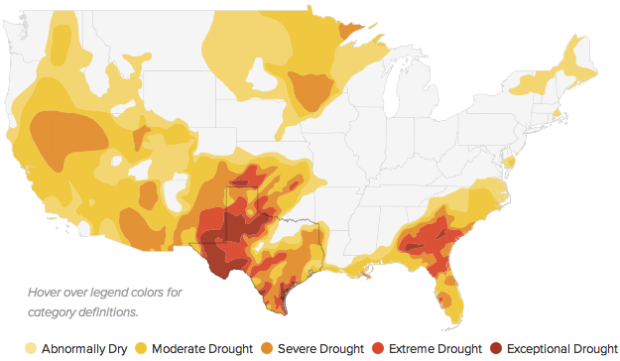The BitTorrent protocol lets groups of people download parts of a single file from each other, so instead of one file from a single source, you get multiple bits from different places. Artist Conor McGarrigle shows this activity via an episode of Mad Men, as it’s downloaded.
The video captures an episode of the popular TV show in the act of being shared by thousands of users on bittorent with the corruption of the file a direct result of the bittorrent protocol. The video acts as a visualisation of bittorrent traffic and the practice of filesharing and avoids infringing the copyright of Madmen as it is incomplete. Curiously the greater number of simultaneous users sharing the file the more aesthetically pleasing are the distortion effects.
Poetic almost.
[via Waxy]



 It was bound to happen at some point. Doctor and statistician Hans Rosling, best known for his sword-swallowing TED talk, among plenty of
It was bound to happen at some point. Doctor and statistician Hans Rosling, best known for his sword-swallowing TED talk, among plenty of 
 Visualize This: The FlowingData Guide to Design, Visualization, and Statistics (2nd Edition)
Visualize This: The FlowingData Guide to Design, Visualization, and Statistics (2nd Edition)










